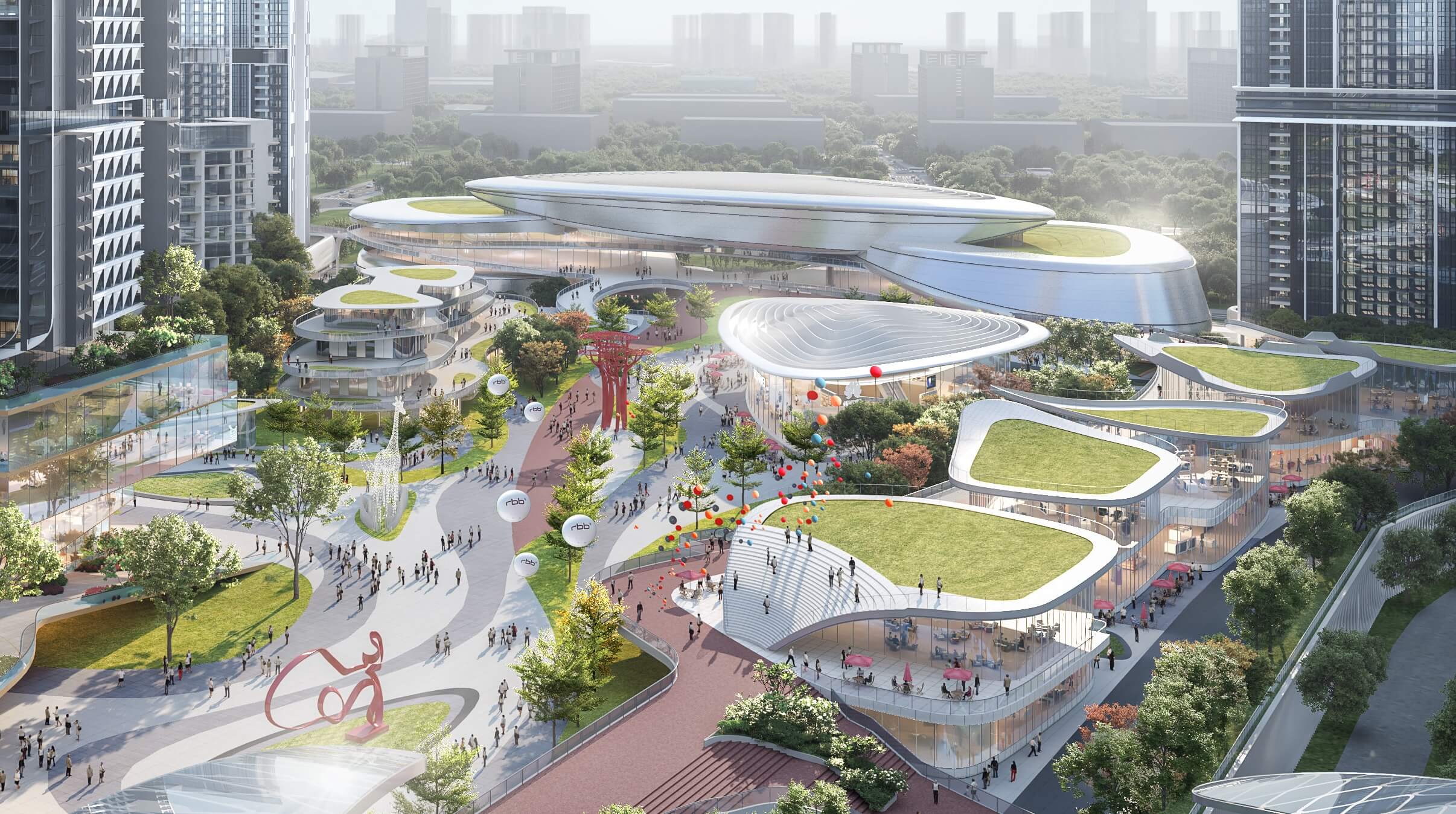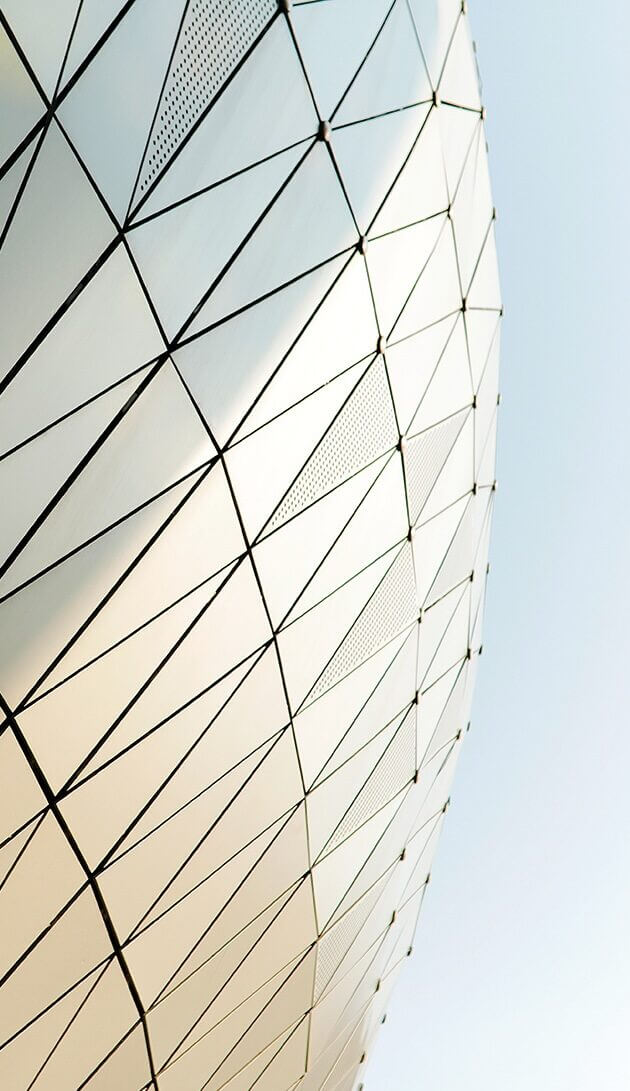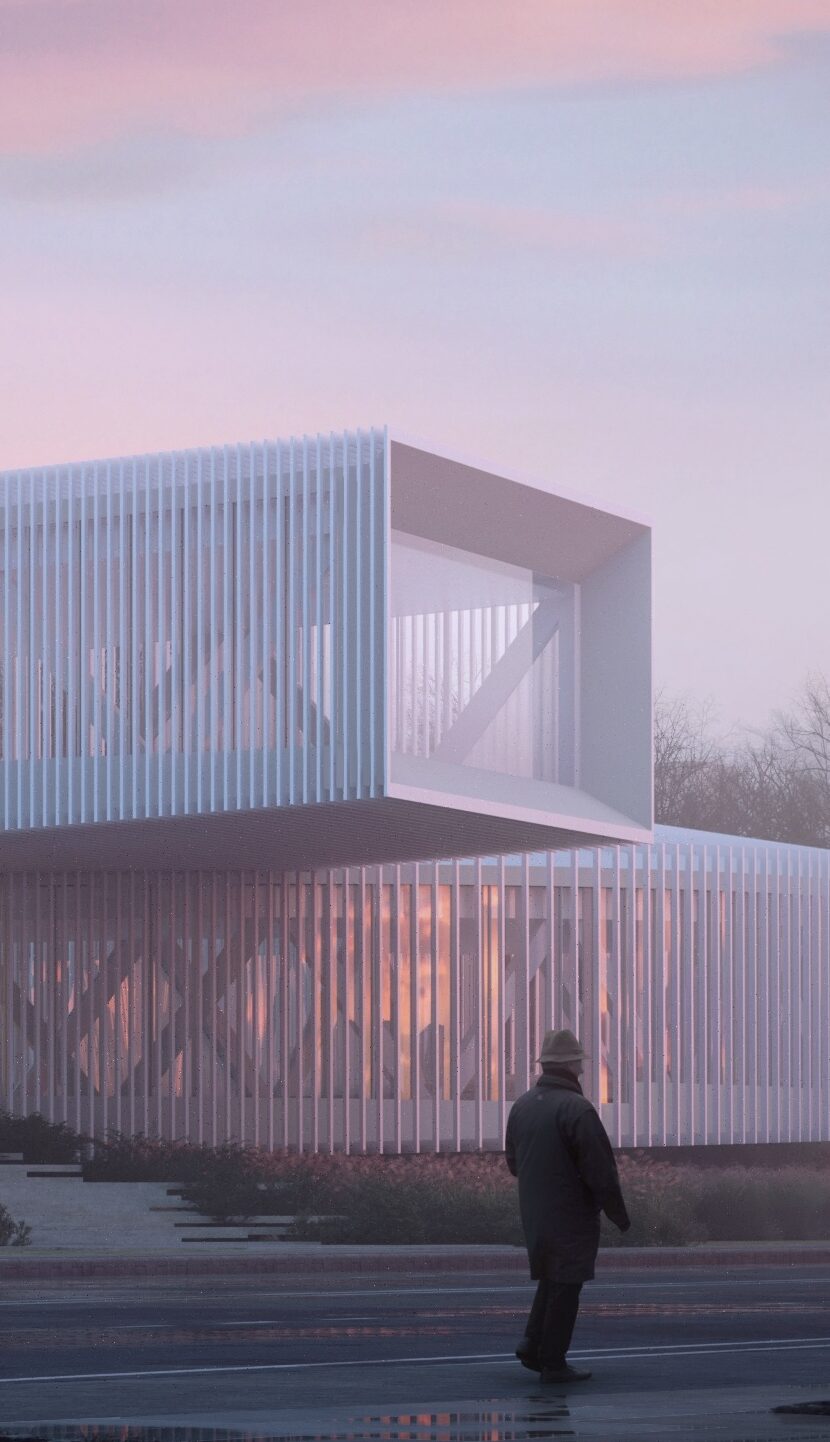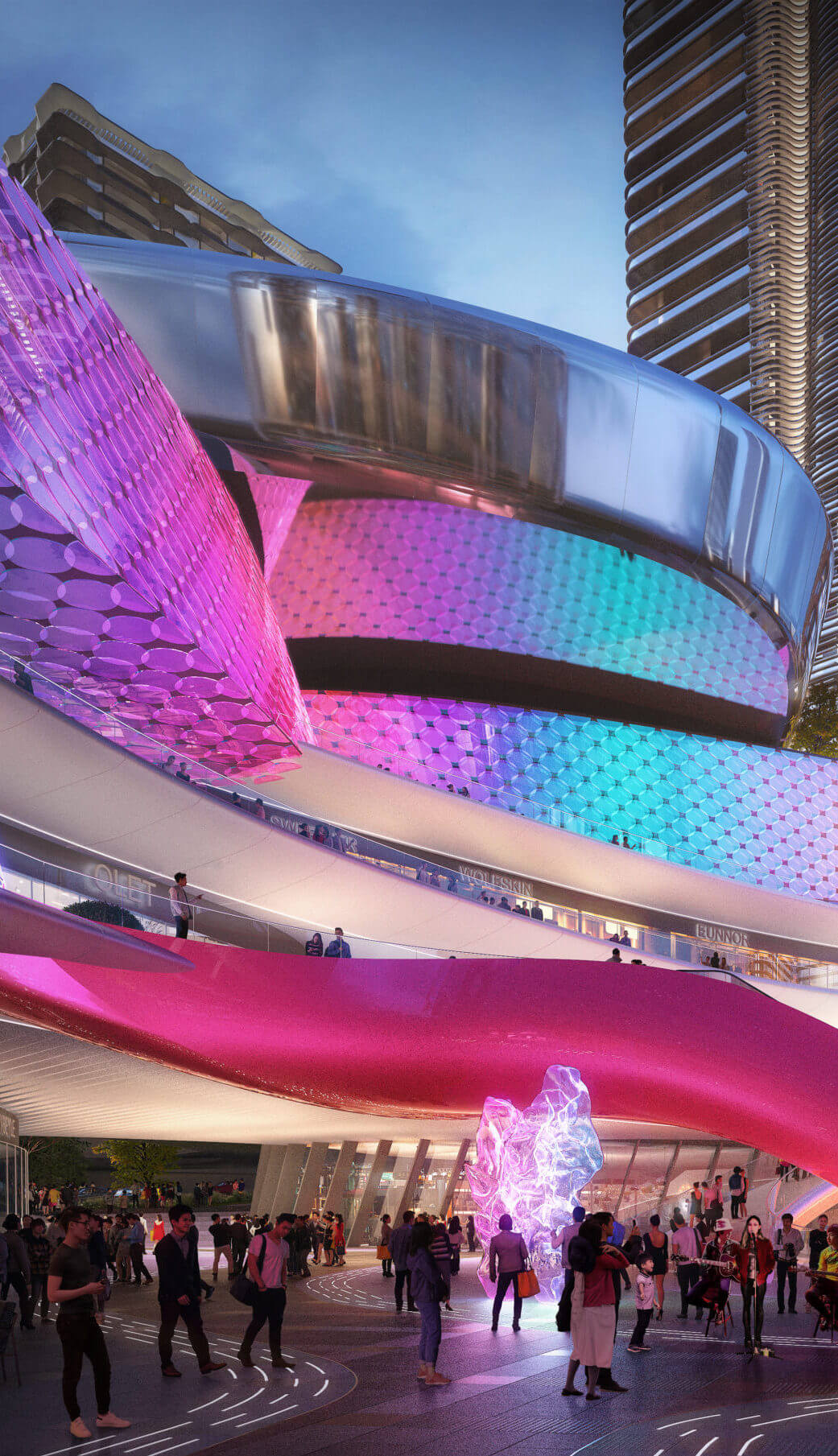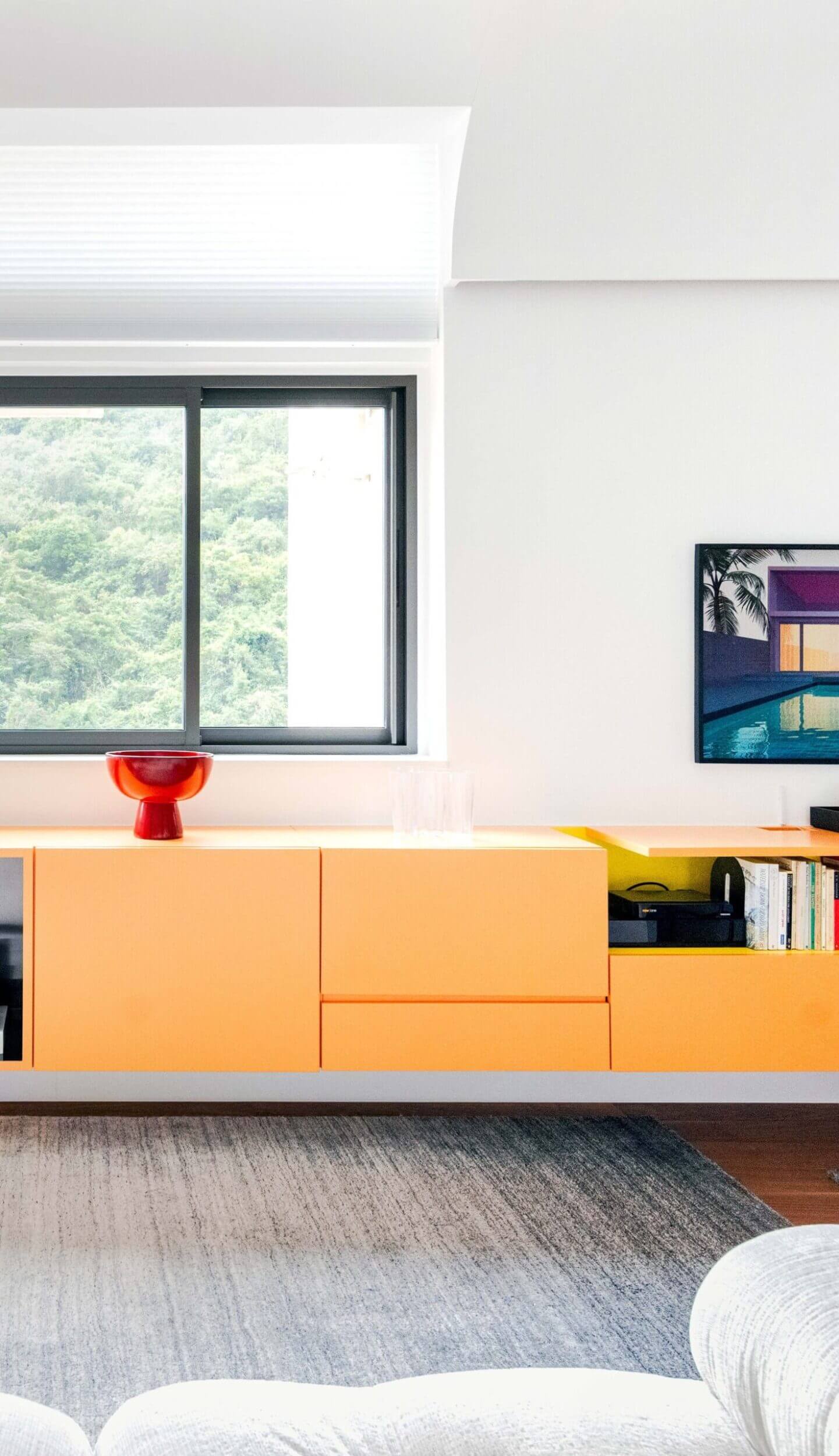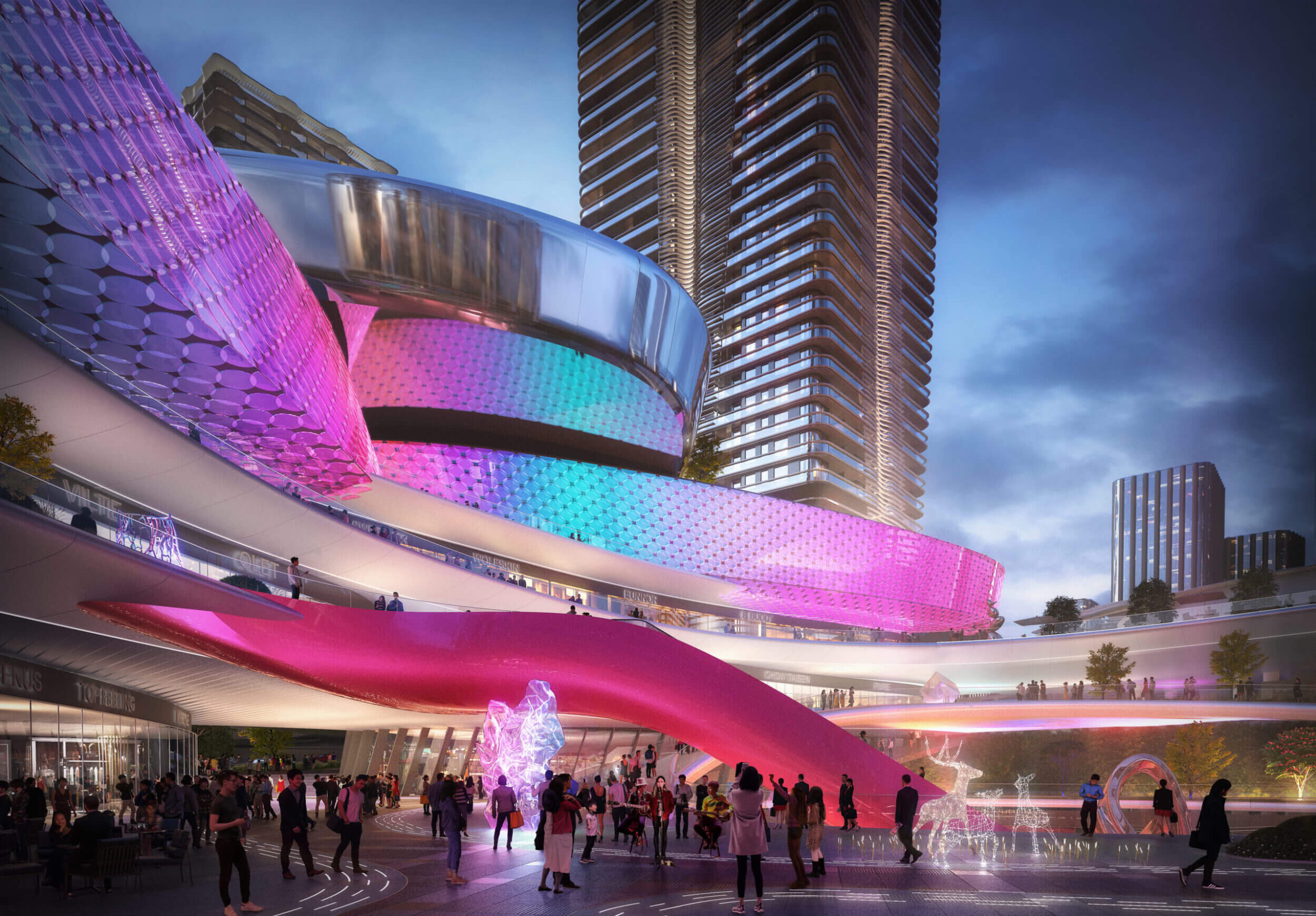
The global Covid-19 pandemic has acted as a catalyst for substantial changes across various sectors, and the retail industry is not an exception. A noticeable and significant trend that has emerged during this period is the rise of mixed-use retail centres. These establishments are not just retail outlets; they are multifunctional spaces that combine retail, residential, and commercial functions in a creative and efficient manner. These new-age centres are also often designed with an emphasis on fostering a sense of community. As we gradually transition into the post-pandemic period, these mixed-use retail centres are expected to play a pivotal role in reshaping our urban landscapes. This evolving shift in retail trends is largely being driven by the preferences and habits of Generation Z — Gen Z. This younger generation, known for their digital savvy and preference for experiences over products, is influencing the future of retail in significant ways.

Gen Z, the demographic cohort following Millennials, is set to become the largest consumer group in the upcoming years. Their preferences and behaviours are expected to significantly shape the future of retail, especially in the context of mixed-use retail centres.
Unlike previous generations, Gen Z values experiences over possessions. They crave spaces that allow them to express their individuality, connect with others, and contribute to society in meaningful ways. Mixed-use retail centres align perfectly with these desires, offering a diverse range of experiences and fostering a sense of community.
Moreover, Gen Z, being the most digitally savvy generation, effortlessly merges online and offline experiences. They expect the same from retailers. This necessitates the incorporation of digital elements into mixed-use retail centres, such as virtual fitting rooms and interactive displays, creating a more engaging and seamless shopping experience.
The global pandemic has brought into sharp focus the importance of local amenities and services due to the surge in remote work. It has become apparent that our neighbourhoods need to provide more than just residential spaces. As such, mixed-use retail centres have emerged as a comprehensive solution to this need.
These centres are not merely commercial establishments but are designed to cater to a host of needs within a single location. They offer supermarkets for daily grocery needs and fitness centres for maintaining physical health. Recognizing the increased need for flexible workspaces, they also include co-working spaces that are a boon for remote workers.
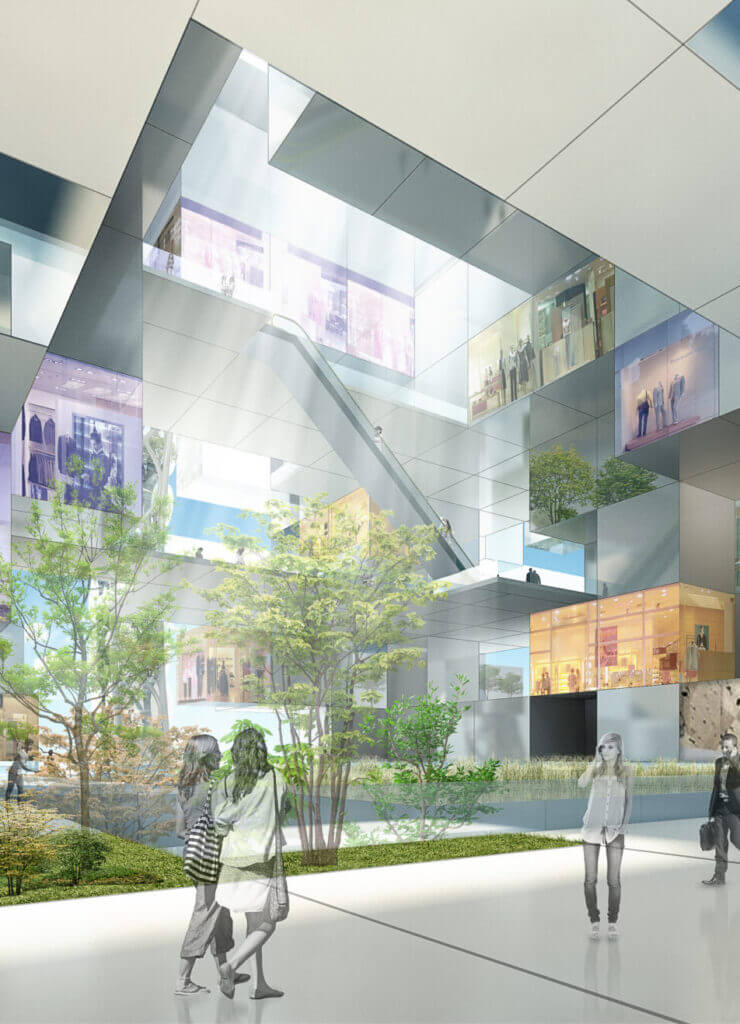
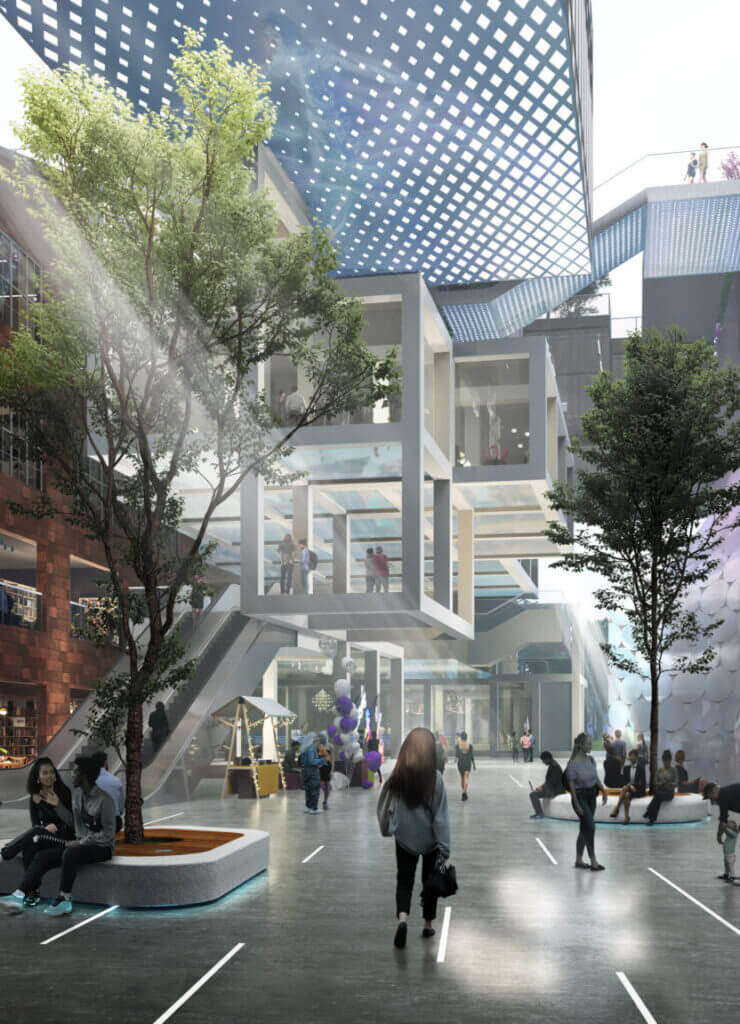
In addition to these, these centres understand the importance of mental well-being and holistic health. As a result, they incorporate health and wellness facilities that offer services ranging from yoga classes to wellness retreats and therapeutic spas.
Cognizant of the role of arts and culture in enriching community life, mixed-use retail centres also make room for cultural venues. These can vary from art galleries that showcase the work of local artists to theatres that host plays and music performances, thereby serving as cultural hubs within the community.
In essence, mixed-use retail centres are uniquely positioned to bridge the gap between essential services, wellness needs, and cultural enrichment. They are transforming from mere retail spaces into microcosms of urban life, offering a diverse range of experiences within a single space.
The outlook for mixed-use retail centres in the post-pandemic world appears to be extremely promising. As we navigate through the aftermath of a global health crisis, it is the Gen Z demographic, the digital natives, who are expected to take the lead. This new generation, known for their tech-savviness and distinct lifestyle preferences, is likely to drive significant transformations in these spaces. Mixed-use retail centres are anticipated to evolve into vibrant, digitally-integrated communities. Offering more than just shopping, these spaces are set to become hubs that provide a wide array of experiences that cater to ever-changing consumer preferences. From entertainment options to wellness services, these centres will be designed to meet a variety of needs and desires, thereby securing their place in the future urban landscape.
